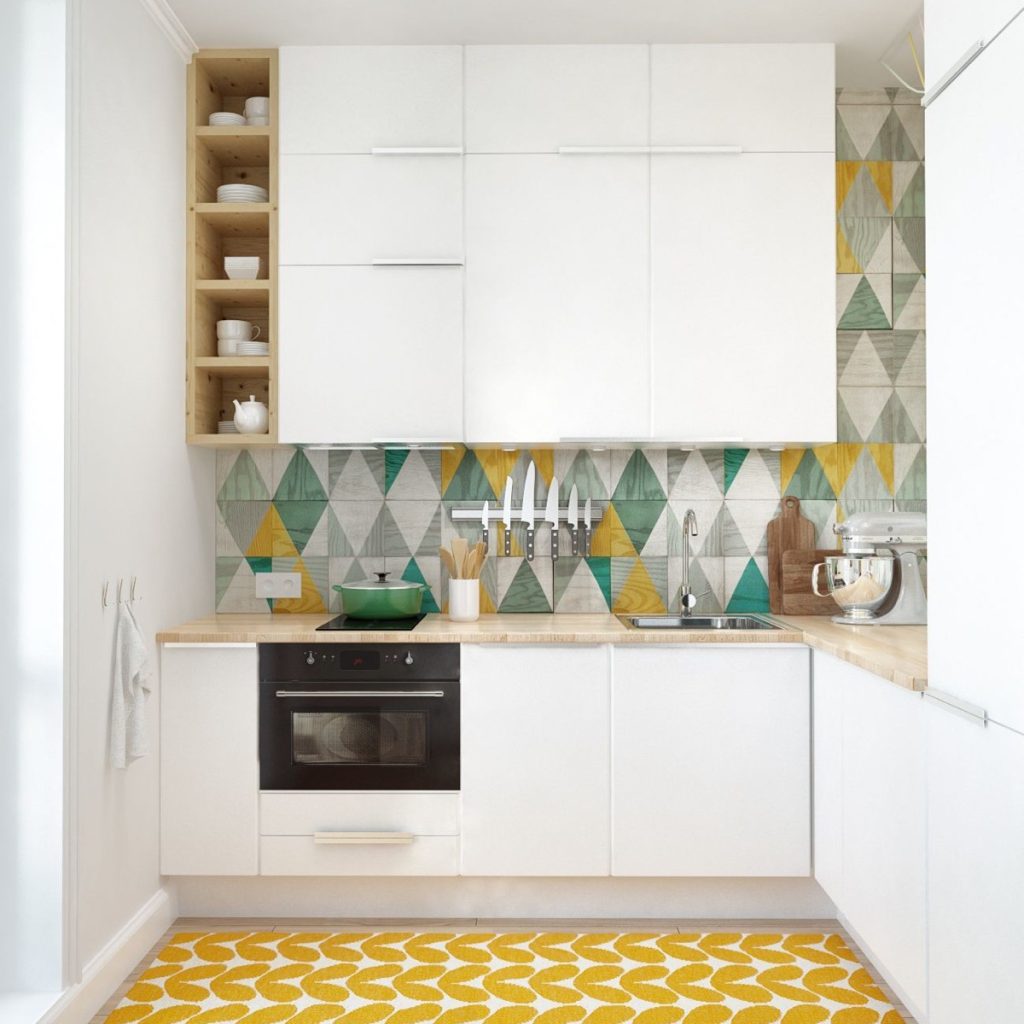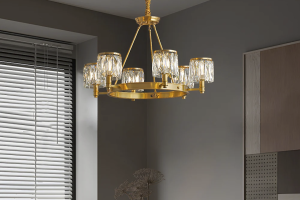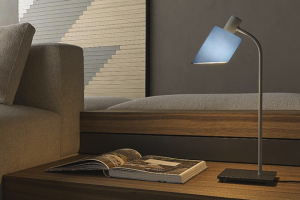Introduction
For all the book lovers out there, reading in bed is a common and enjoyable activity. However, with poor lighting, it can quickly become a strain on the eyes and neck. The solution to this problem is the lampada da lettura letto, also known as a bed reading lamp. This article will explore the benefits of using a bed reading lamp, different types available, and factors to consider when choosing the right one.
The Benefits of Using a Bed Reading Lamp
Reading in bed is a popular way to unwind after a long day. However, traditional lights can be too harsh and bright, making it difficult to relax and fall asleep after reading. Bed reading lamps offer a softer, more adjustable light that can be tailored to individual preferences. This type of lighting is easy on the eyes, reducing eye strain and fatigue.
Another benefit is the ability to direct the light precisely where it’s needed. Unlike overhead or floor lighting, bed reading lamps are adjustable, allowing readers to change the height, direction, and intensity of the light. This makes it easier to read comfortably, even in low light conditions.
Types of Bed Reading Lamps
There are several types of bed reading lamps available, each with their unique features and benefits.
Clip-on lamps: These lamps are ideal for those with limited space or who move locations frequently. They attach to the headboard or bookshelf using a clip, and their flexible necks allow for easy positioning.
Wall lamps: These lamps mount to the wall next to the bed or nightstand, making them a great option for those with limited space. They are also available in various styles to fit any decor.
Floor lamps: These lamps are a popular choice for those who enjoy a more traditional look. They offer the convenience of adjustable lighting while adding to the overall ambiance of the room.
Factors to Consider When Choosing a Bed Reading Lamp
When choosing a bed reading lamp, there are several factors to consider:
Light intensity: The lamp should provide enough light for comfortable reading but should not be too bright that it causes eye strain. Look for lamps with adjustable brightness settings.
Color temperature: The color temperature of the lamp is crucial. Warmer tones (e.g., 2700K-3000K) are more relaxing and suitable for bedtime reading, while cooler tones (e.g., 4000K-5000K) simulate natural daylight, making them better for daytime reading.
Positioning flexibility: Choose a lamp with an adjustable arm or neck to allow for flexible positioning. This will ensure that the light is directed precisely where it’s needed.
Style: The lamp’s style should complement the bedroom decor. Consider the lamp’s size and shape, as well as the materials used in the construction.






More Stories
Rustic Industrial Iron Wall Lamp: Perfect for Kitchen
27 Kitchen Lighting Ideas to Make Your Space Shine
Enhance Your Kitchen with a Stone Wall Lamp